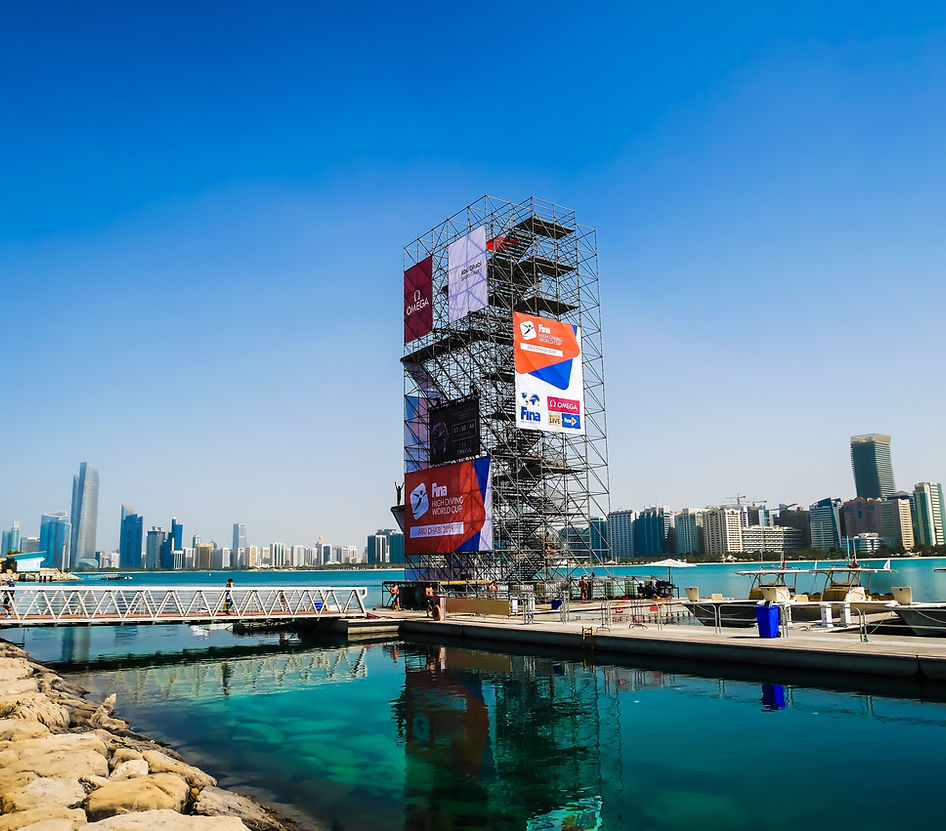
In the modern culinary land, food photography is more than just a visual supplement; it is an essential element of marketing that can drive sales and improve brand identity. For restaurants, food brands, and culinary influencers, mastering the food photography commercial can lead to significant success. Here’s how to elevate your food photography to achieve impactful results.
Understand your target audience:
Before you start shooting, it’s important to identify your target audience. Understanding who you are trying to reach will inform your photographic style and approach. Are you appealing to gourmet enthusiasts, health-conscious diners, or busy families? Tailoring your visuals to resonate with your audience’s preferences will make your content more relatable and engaging. Research current trends in food photography to align your style with what’s popular in your niche.
Focus on composition:
Composition is vital in food photography, as it directs the viewer’s eye and focuses on your subject. Use the rule of thirds to create balanced and appealing images. Position key elements along the grid lines or at the intersections to add interest. Incorporate leading lines to guide viewers through the photograph, and consider layering your compositions to create depth. Arranging your food alongside complementary props, such as utensils or ingredients, can add context and improve the storytelling aspect of your images.
Master lighting techniques:
Lighting plays a key role in the quality of your food photography. Natural light is often the most flattering choice, but understanding how to manipulate both natural and artificial light is essential. Experiment with different light sources and angles to find the most flattering setup for your dishes. Consider using reflectors and diffusers to control shadows and highlights, ensuring that your food looks fresh and appetizing.
Highlight textures and details:
Food is all about texture, and showcasing this in your photography can elevate your images. Focus on close-ups that capture the intricate details of your dishes—whether it’s the drizzle of sauce, the crust of bread, or the steam rising from a hot meal. Use a macro lens for extreme close-ups to highlight the textures that make your food visually appealing. This attention to detail can create a sensory experience for your audience, enticing them to taste what they see.
 Tips For Posing Newborns In Photography
Tips For Posing Newborns In Photography  The Significance Of Certifications In Scaffolding Rental Companies
The Significance Of Certifications In Scaffolding Rental Companies  How To Choose The Right EB-5 Regional Center
How To Choose The Right EB-5 Regional Center  5 Features To Look For In Forex Trading Courses
5 Features To Look For In Forex Trading Courses 


